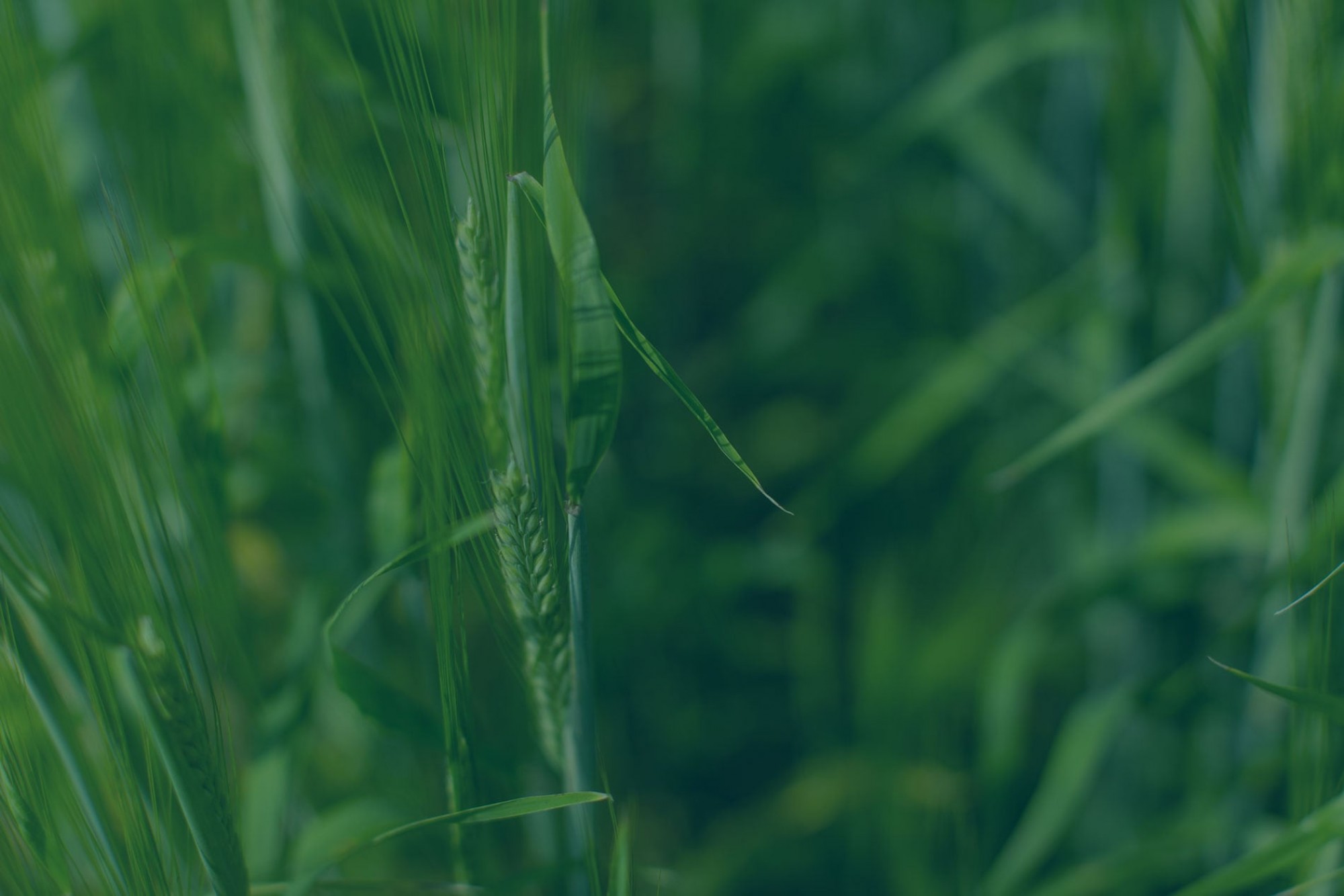Using the seeding rate calculator for seeding success
Wheat and barley seeding rates influence yield, kernel uniformity and plumpness, grain maturity, grain protein content, disease incidence, in-crop weed competition and, in some cases, end-use quality. Since grain protein content and grain plumpness are important factors in determining malt quality in barley, for example, seeding rates could directly affect use and profits.
As the genetic potential of cereals has significantly increased over the last decades, augmenting plant population and other agronomic on-farm practices could exploit crop genetic potential for increased yields and, ultimately, profit for producers.
Seeding rate calculators are the best tool to help you lock in the seeding rate that’s going to give you the most bang for your buck. Alberta Agriculture and Forestry has one available to farmers, but of course the accuracy you’ll get out of it is dependent on the accuracy of what you put in. That information includes:
- Desired Plant density (plants per unit area): This can be determined by working with an agronomist or looking for appropriate information from other sources.
- Germination rate (%): This is sometimes supplied by the seed company marketing the seed. If not, a simple home germination test could be conducted to determine the germination rate. If you are not sure how to do a germination test, some laboratories within Alberta offer such services for a fee.
- Emergence mortality (%): This is also sometimes supplied by the seed company. This information is critically important in determining the plant count in the field (and the other several factors influenced by plant count such as yield).
- Row spacing: Most producers know the row spacing of their equipment. If not, you can request this information in case the services of a custom-seeder will be used.
- Thousand kernel weight (TKW), or simply the weight of a thousand seeds: You can read about the importance of TKW and how to calculate it here.
There are conditions which may necessitate a higher seeding rate than typically used. A higher seeding rate in areas of a field with a known high wild oat population has been shown to reduce the wild oat population through increased competition. Higher seeding rates can reduce the number of tillers, shortening the time to maturity and, in some cases, ensuring more uniform maturity. When germination is low, seed size is large, seeding is late or when seeding in high moisture areas, higher seeding rate could be a beneficial agronomic practice.

